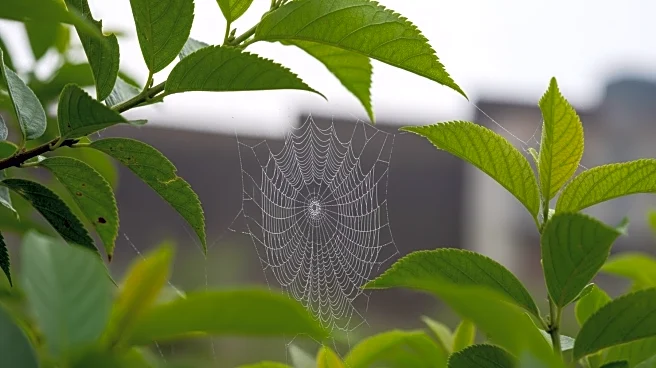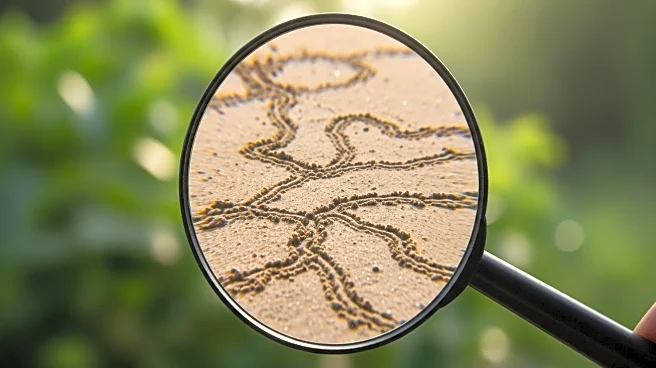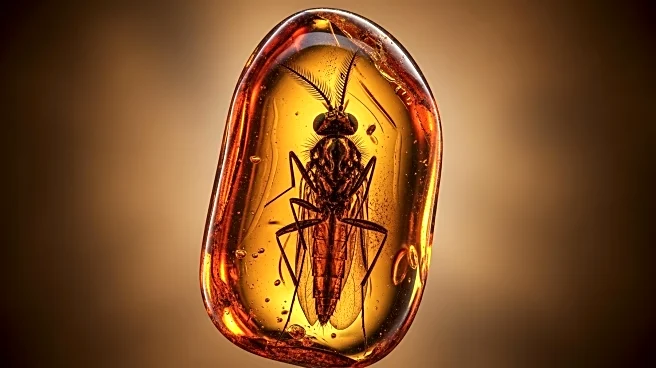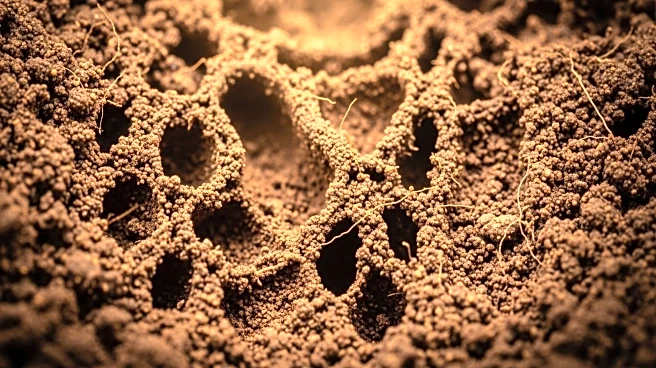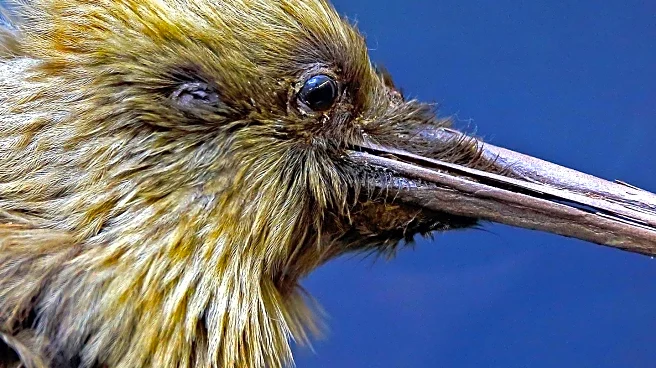What's Happening?
A recent inquiry published by New Scientist examines the resilience of spider webs when disrupted by humans or other large animals. The article discusses the orb-weaver spider, whose webs are designed to capture flying insects. These webs, however, are often
destroyed by larger creatures, including humans, birds, and larger insects. Despite the energy cost to the spider in rebuilding its web, orb-weaver spiders have thrived for over 100 million years, indicating that the benefits of their web-building strategy outweigh the costs of occasional destruction. The article suggests that while systematic destruction of a spider's web would be detrimental, incidental damage is unlikely to significantly impact the spider's survival.
Why It's Important?
The study of spider web resilience highlights the adaptability and survival strategies of species that have existed for millions of years. Understanding these mechanisms can provide insights into ecological balance and the impact of human activities on wildlife. The persistence of orb-weaver spiders despite frequent web destruction suggests a robust evolutionary strategy that could inform conservation efforts and biodiversity studies. Additionally, this research underscores the importance of considering the ecological roles of even small creatures in maintaining environmental stability.
What's Next?
Further research could explore the specific energy costs associated with web rebuilding and how spiders optimize their web construction to minimize these costs. Scientists may also investigate the potential impacts of increased human activity on spider populations and their ecosystems. This could lead to broader studies on the resilience of other species facing similar challenges due to human interference.
Beyond the Headlines
The article touches on the broader implications of human interaction with nature, raising questions about the ethical considerations of our impact on wildlife. It suggests a need for increased awareness and potentially new guidelines to minimize unnecessary harm to small but ecologically significant creatures. This could lead to discussions on how urban planning and human activities can be adjusted to better coexist with natural habitats.
